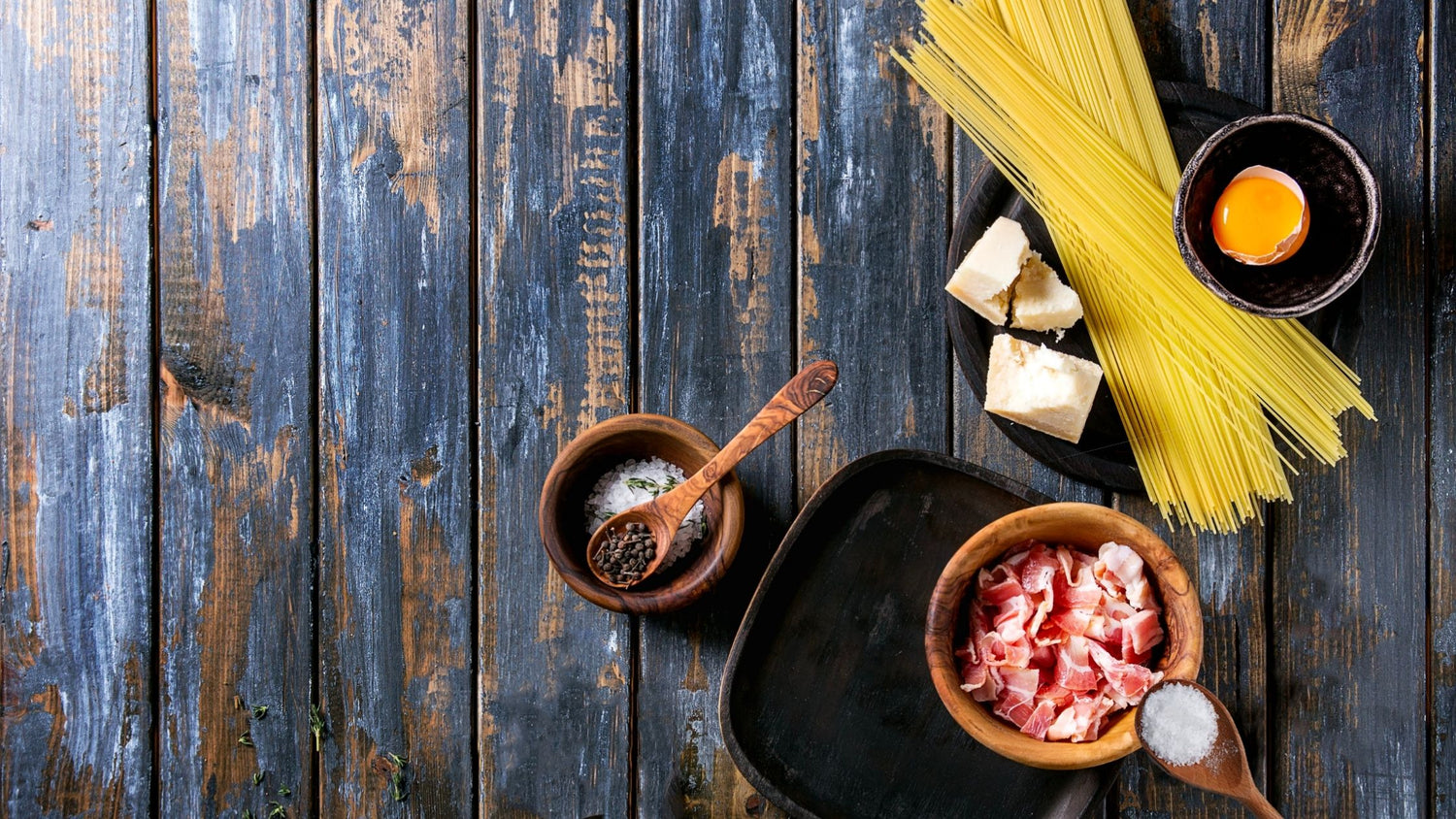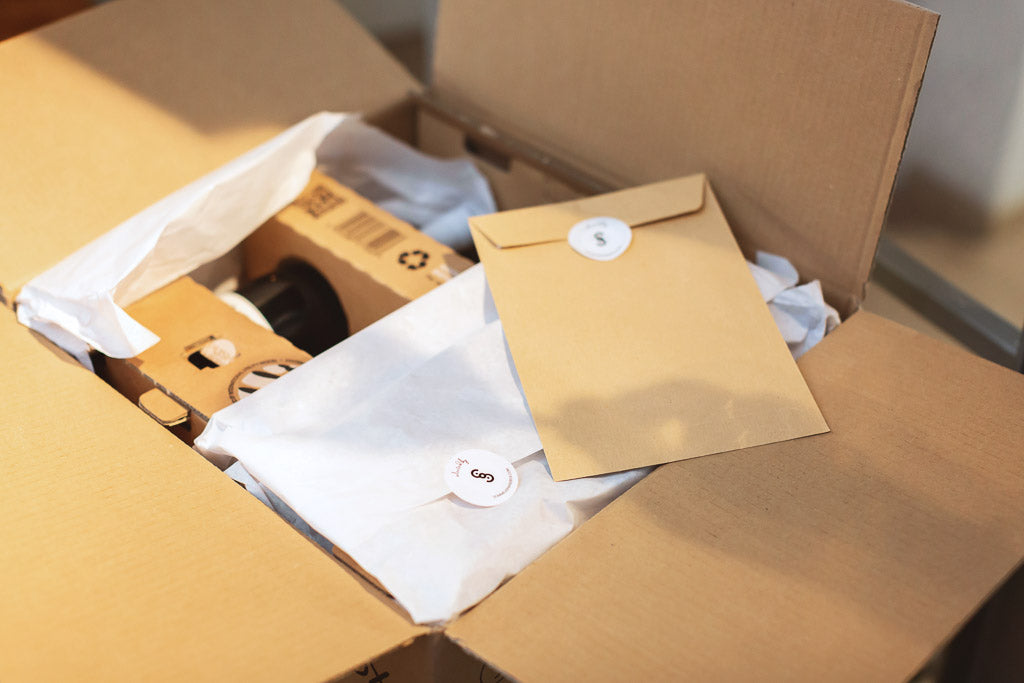Carbonara has that special, all-Italian charm of a dish that knows how to combine a few, simple ingredients to achieve a superb result, rich in aromas and flavours. But once prepared, with what wine should carbonara be paired?
Carbonara day or not, when presented with a dish of carbonara prepared properly, it is impossible to resist! And there's nothing better than enjoying it with an excellent glass of wine... Here are the ones we suggest you try in combination!
What is the origin of carbonara?
The origins of this dish are lost among history and legends. The most accredited version takes us to Rome in 1944, and sees the young Bolognese cook Renato Gualandi combining various ingredients at his disposal (powdered milk, freeze-dried egg, bacon and melted butter) for American and British generals. Thus was born the ancestor of carbonara, to the great satisfaction of the diners. The same dish would be proposed by the cook during an official meeting between the British Eighth Army and the American Fifth Army, in Riccione, shortly afterwards, on 22 September 1944. In short, carbonara would be the perfect combination of Italian inventiveness and the star ingredients of Anglo-Saxon cuisine. And it is no coincidence that in the United States, carbonara became very popular.
When did the first written recipe for carbonara appear?
The first recipe, in Italy, appeared in 1954 in 'La Cucina Italiana' and included spaghetti, egg, garlic, gruyere and... bacon. But already two years earlier, in the United States, in a Chicago restaurant guide, Patricia Bronté reviewed a restaurant with a recipe for carbonara. The foundations of the recipe are laid: it will be perfected from there on.
How do you pair carbonara and wine?
You just need to know the characteristics of the dish, which are varied and define a complex spectrum of flavours. It has a sweet tendency (due to the use of yolk and the pasta itself), a fatty and unctuous texture (due to the guanciale), with a crunchy and bitter note given by the guanciale. And then it is a succulent, tasty and persistent dish, thanks to the pecorino cheese and pepper.
Three simple rules for pairing carbonara
1. Carbonara is a complex dish, which is why the choice of wine must take into account the important structure: a wine that is too drinkable would risk going unnoticed. On the contrary, the wine must have character to be on a par with such a fragrant and rich dish.
2. For the notoriously fatty outcome, the ideal wine should have a nice acidity.
3. As a general rule, one can look for a pairing that plays mainly with one of the characteristics of the dish, but all should be kept in mind.
Which wine to pair with carbonara?
A territorial pairing is a must. The perfect carbonara will always take us on a trip to Rome where, seated at the wooden table of an old trattoria, we would order, for example, a glass of Lazio Moscato Secco.
A pairing by concordance played on the sweet tendency can bring to the table a wine that is round and smooth. Try a Chardonnay, possibly with a few years of ageing behind it, but also a Soave Classico such as those with great character offered in many of our selections. The fruity and citrus notes of the Soave also provide fresh nuances, able to soften the full flavour of the carbonara.
A sparkling combination will cleanse the mouth of the unctuous note of the carbonara very well. Among the many possibilities, Metodo Charmat Durello is perfect, especially if you are preparing carbonara to enjoy in the garden, on a clear sunny day, perhaps to celebrate an important occasion.
A 'natural' pairing is suggested for example with Cosimo Maria Masini's Daphné, 80% Trebbiano 20% Malvasia that macerates on the skins for a week. Freshness and flavour of a white, structure of a red: a natural wine that can amaze with carbonara.
Why not dare with a red? If you love decisive flavours and don't shy away from pepper and pecorino cheese, your carbonara can also stand up to combinations with reds such as Barbera, which have no overly important tannins.
Excellent results are also obtained with rosé wines, which by their very nature have the delicacy and fragrance of whites but also the structure of reds. Those from Salento, for example, are super gourmet rosés.
For a creative and decidedly gourmet pairing, we suggest a Vendemmia Tardiva from Catarratto grapes such as the one by Fabio Ferracane proposed in our subscriptions. A wine with an only slightly sweet tendency, with great character, that goes well with the sumptuous richness of carbonara.
The carbonara recipe?
For 2 persons: 160 g spaghetti, bucatini or rigatoni; 60 g guanciale (the Amatriciano one is perfect, as it is characterised by the presence of garlic); one yolk per person if large; 25 g pecorino romano; salt, pepper.
In a large bowl, separate the egg whites from the yolks and beat them lightly with a skimmer. Cut the guanciale into thick squares and place in the frying pan. The pan should be dry and the guanciale should be on a low heat to release all its fat.
Boil the water and add salt. Add the spaghetti (they absolutely must not be broken) or the pasta of your choice.
After a few minutes, pour a tablespoon of the pasta cooking water over the bowl with the yolks. Then add the pecorino cheese and pepper. Stir and if the cream is too liquid, add pecorino cheese, cooking water on the contrary. In the meantime turn up the heat on the guanciale, to fry it lightly and make it crispy.
Drain the pasta two minutes in advance and finish cooking it in the pan with the guanciale. Pour the pasta into the bowl containing the cream and stir. This step is the most important and delicate, which characterises true Roman carbonata... the eggs must not become omelette! Serve together with the pecorino cheese.
Then cheers and bon appetit.... and don't forget to make the scarpetta!




